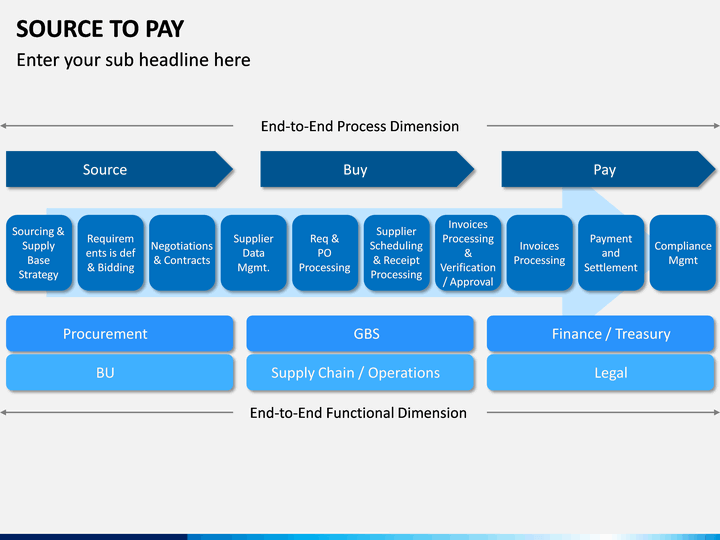

To do so, you would need to tear down the whole house and start over (but how will I achieve feng shui?!). When you seek to carry out renovations of your own, you might stumble upon a load bearing wall that prevents you from turning the kitchen and living room into “an open space”. Some of these will be a delightful surprise (there’s an ironing board in the kitchen cupboard!) and others will be a continuous bother, impossible to fix at a reasonable price (has this stair always squeaked as we walk by?). When you move in, regardless of your thoroughness during the inspection, you will find features you didn’t spot initially.


They’ve also probably done renovations to satisfy specific needs or desires (sun room!). Since it’s initial construction, rooms has been used for different uses depending on the inhabitant’s requirements. When you move in, the house is new for you, but it’s already gone through a lot. Would you buy and old house before asking for the list of past renovations before buying? An Old House’s Previous Owners Have Shaped the House’s Story However, I would argue that you should also understand how the system’s evolved over time before buying (development road map & acquisitions). You would think that selecting a source to pay system based on requirements coverage would be sufficient to make the best decision. Clients Shape Source to Pay Systems with Asks That Drive Development and M&A


 0 kommentar(er)
0 kommentar(er)
